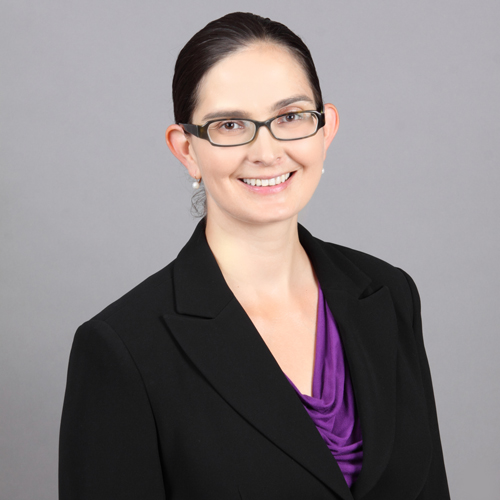Biography
Research interests
Dr. Auriat’s research revolves around the study of brain plasticity during aging and recovery from injury. Her translational research program utilizes the advanced neuroimaging platforms available at the University of Ottawa Preclinical Imaging Core and The Royal’s Brain Imaging Centre. She is interested in identifying plasticity targets to improve motor and cognitive performance in aging and following brain injury, with a particular focus on how these processes are altered during and following menopause. Utilizing a multidisciplinary approach, with bidirectional pre-clinical/clinical feedback she hopes to improve translational research findings and advance post stroke and healthy aging care.
Current areas of focus:
- The impact of covert brain lesions on aging and post stroke cognitive and motor performance.
- Understanding the role of plasticity driven myelination on motor learning and performance.
- Assessing post stroke neuroplasticity and the impact of pre-clinical interventions on intracerebral hemorrhagic stroke outcome.
- Bring a women’s health focus to pre-clinical and clinical research, focusing on the role of reproductive aging on brain health.
Brief biography
Dr. Angela Auriat is an Assistant Professor within the Department of Radiology, Radiation Oncology and Medical Physics at the University of Ottawa. She is a translational neuroscientist whose has extensive experience in the assessment of recovery after stroke, both in animal models and clinical studies.
Dr. Auriat’s diverse research background covers the evaluation of neuroplasticity at cellular (dendritic/synaptic structure in animal models), behavioural (cognitive and motor testing in rodent and humans), and functional (fMRI, EEG) levels. She completed her PhD at the University of Alberta with a focus on mechanisms of brain plasticity and recovery following intracerebral hemorrhagic stroke in rat. She then continued her pre-clinical stroke research during a postdoctoral fellowship at Stanford University, exploring the use of human derived stem cells to promote stroke recovery. While at Stanford she utilized pre-clinical MRI, IVIS Bioluminescent imaging, and rapid-scanning X-ray fluorescence to track stem cells in post stroke brain. She then continued to explore post-stroke recovery by completing a postdoctoral fellowship at the University of British Columbia, utilizing clinical MRI, EEG and TMS in healthy aging and individuals with stroke.
Dr. Auriat joined the University of Ottawa as an Assistant Professor in 2023, where she has developed a research program for the study of brain aging and post stroke recovery with a focus on Women’s health, elucidating the impact of menopause on brain aging.
Selected publications
- Sy, A., Thebault, S., Aviv, R.I., Auriat, A.M. (2023). An overview of transcranial magnetic stimulation and its application in multiple sclerosis. Applied Sciences. 13(23), 12679.
- Hamwi, M., Thebault, S., Melkus, G., Auriat, A.M., Aviv, R.I. (2023). MRI graph parameters are longitudinal markers of neuronal integrity in multiple sclerosis. MS and related disorders. 80: 105066.
- Chen, Z. F., Liying, Z., Carrington, A.M., Thornhill R., Miguel, O., Auriat, A.M., Melkus, G., Aviv R.I. (2023). Clinical features, non-contrast CT radiomic and radiological signs in models for the prediction of hematoma expansion in intracerebral hemorrhage. Canadian Association of Radiologists Journal. 74(4):713-722.
- Auriat, A.M., Ferris, J.K., Peters, S., Ramirez, J., Black S.E., Jacova C., and Boyd L.A. (2019). The impact of covert lacunar infarcts and white matter hyperintensities on cognitive and motor outcomes after stroke. Int J of Stroke and Cerebrovasc Dis. 28 (2): 381-388.
- Auriat, A.M., Neva, J.L., Peters, S., Ferris, J.K., and Boyd, L.A. (2015). A review of transcranial magnetic stimulation and multimodal neuroimaging to characterize post-stroke neuroplasticity. Frontiers in Neurology. Oct 2015.
- Auriat, A.M., Borich, M.R., Snow, N.J., Wadden, K.P., and Boyd, L.A. (2015). Comparing a diffusion tensor and non-tensor approach to white matter fiber tractography in chronic stroke. Neuroimage Clinical. 7: 771-81.
- Auriat, A., Silasi, S., Wei, Z., Paquette, R., Paterson, P., Nichol, H., and Colbourne, F. (2012). Ferric iron chelation lowers brain iron levels after intracerebral hemorrhage in rats but does not improve outcome. Experimental Neurology. 234:136-143.
